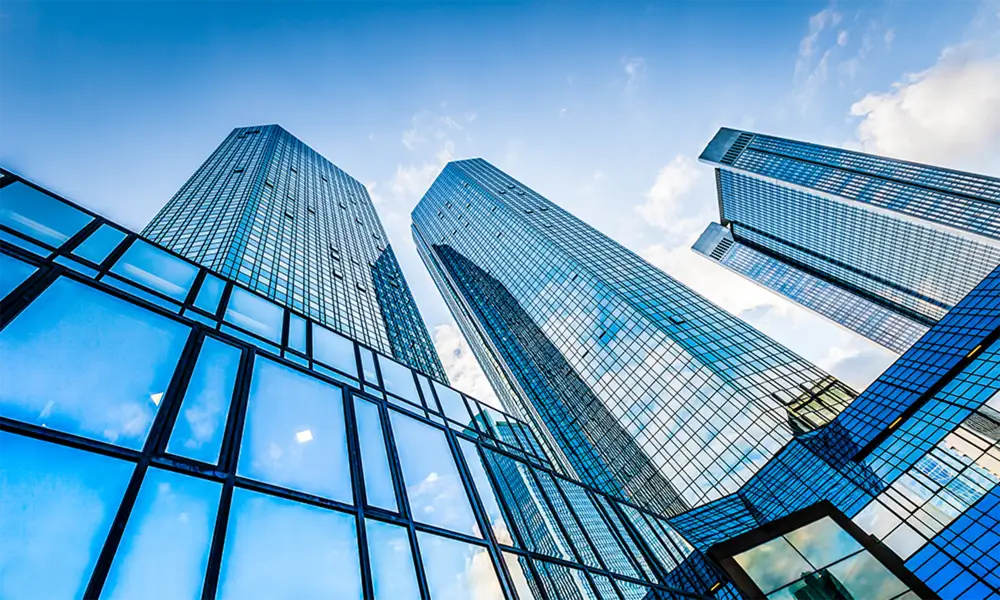

The Elegance and Utility of Frosted Float Glass
Frosted float glass, often referred to as frosted glass, is a popular choice in both residential and commercial applications due to its unique combination of elegance and functionality. This type of glass is produced by taking standard float glass and applying a frosted finish, which can be achieved through various methods such as sandblasting or acid etching. The resultant surface gives the glass a translucent appearance, allowing light to pass through while obscuring visibility.
One of the primary reasons for the widespread use of frosted float glass is its ability to provide privacy without sacrificing natural light. This makes it an ideal choice for areas like bathrooms, conference rooms, and offices, where privacy is crucial but bright, welcoming spaces are also desired. Unlike opaque materials, frosted glass allows for ambient light to fill a room, creating a more spacious and airy feeling, which is essential in urban environments where natural light can be a luxury.
Moreover, frosted float glass is a versatile material that can be tailored to fit various design aesthetics. Whether a home has a contemporary, minimalist appeal or a more traditional decor style, frosted glass can blend seamlessly. Its soft, diffused light can enhance the ambiance of a space, making it feel more inviting. Designers often utilize frosted glass in shower enclosures, glass doors, partitions, and windows to achieve a look that is both sophisticated and functional.

In addition to its aesthetic benefits, frosted float glass also offers practical advantages
. It is easy to clean and maintain, which is especially important in high-traffic areas or spaces prone to moisture, like kitchens and bathrooms. Its surface can resist fingerprints and smudges better than clear glass, making it a more practical choice for certain applications. Additionally, frosted glass is available in a variety of thicknesses and can be customized to meet specific requirements, ensuring that it meets the needs of any project.Another important aspect to consider is the safety features of frosted glass. Standard float glass can pose safety risks if it breaks, but frosted glass is often made from tempered glass, which is designed to break into small, less dangerous pieces, minimizing the risk of injury. This is particularly important in locations where safety is a concern, making frosted float glass a smart choice for both residential and commercial spaces.
In terms of environmental impact, frosted float glass is often made from materials that are recyclable and more environmentally friendly than other constructions materials. The demand for sustainability in building and design continues to rise, and using glass that can be reused or repurposed is in line with these eco-conscious practices.
In conclusion, frosted float glass is a perfect combination of beauty and practicality. Its ability to provide privacy without blocking light, coupled with its aesthetic versatility and practical benefits, makes it a favored material among architects, designers, and homeowners alike. Whether used in sleek commercial spaces or cozy residential areas, frosted glass enhances the environment it occupies, making any space feel more elegant and thoughtfully designed. As we move towards more sophisticated and sustainable design solutions, frosted float glass will undoubtedly continue to play a significant role in shaping our interiors.